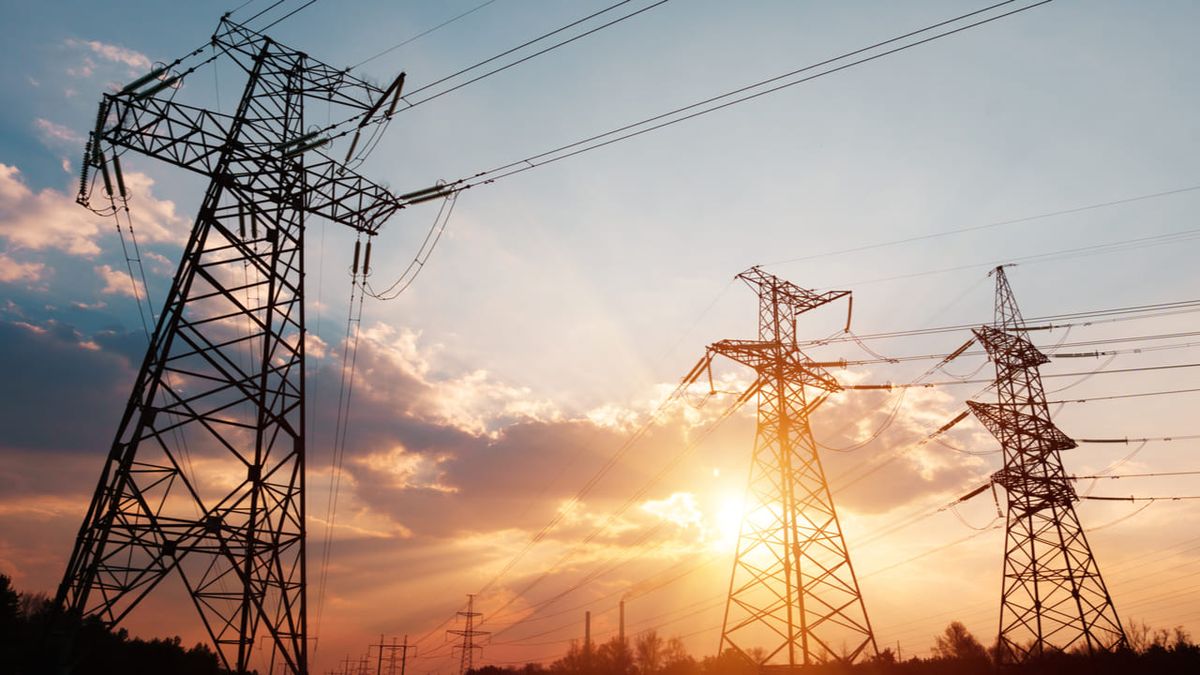In July 2022, the total net demand was 12,638.9 GWh (Gigawatt hours), while in the same month of 2021 it had been 12,407.8 GWh, which shows an increase of 1.9%; while in the monthly comparison there was a decrease of 3.3%.
Also, in the year-on-year comparison, the residential demand rose 0.5%, while commercial demand rose 5.2%, and industrial demand grew 0.7%.
The electrical consumption in the The City of Buenos Aires and the Greater Buenos Aires area showed a rise of 2%, which was 1.5% in Edenor’s coverage area and 2.6% in Edesur’s, according to provisional data from the Administrative Company of the Wholesale Electricity Market (Cammesa).
As for consumption by province or company, last month there was 22 cases that showed promotions, standing out for their Percentage increases Catamarca (9%), San Luis (9%), Santa Cruz (8%), EDEA (8%), Santiago del Estero (6%), Córdoba (5%) and Formosa (5%).
With minor rises they scored EDES (4%), Río Negro (4%), Edelap (3%), La Pampa (3%), La Rioja (3%), Mendoza (3%), San Juan (3%), EDEN (3% ), Tucumán (3%), Jujuy (2%), Neuquén (2%), Salta (2%) and Santa Fe (1%).
While, 5 provinces presented decreases in consumption with respect to the previous year: Chubut (-13%), Corrientes (-6%), Misiones (-1%), Chaco (-1%) and Entre Ríos (-1%).
Fundelec remarked that although “Thermal and hydraulic generation are the main sources used to satisfy the demand” highlighted “the growth of renewable energies”.
In this regard, he indicated that in July the hydraulic generation was in the order of 2,474 GWh against 1,818 GWh in the same period of the previous year, which represents a positive variation of 36%.
“Although low flows continue to be observed in the main basins, such as Paraná, Uruguay and Comahue, well below historical marks, an improvement in some basins compared to previous months is also notable,” narrowed down
Fuel consumption ended up being lower in the month-on-month comparison, practically in all categories, reflecting this in a lower specific consumption in 2022, it added.
For what is natural gas, a lower consumption is observed, as is the set of alternative fuels.
Thus, in July it continued to lead by far the thermal generation with a production contribution of 55.40% of the requirements, the hydroelectric plants contributed 18.70% of the demand, the nuclear ones provided 5.57%, and the alternative source generators 11.82% of the demand. total, while imports accounted for 8.51% of demand.
Source: Ambito
David William is a talented author who has made a name for himself in the world of writing. He is a professional author who writes on a wide range of topics, from general interest to opinion news. David is currently working as a writer at 24 hours worlds where he brings his unique perspective and in-depth research to his articles, making them both informative and engaging.




